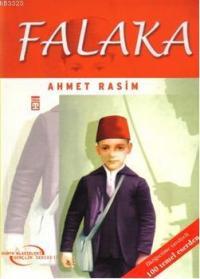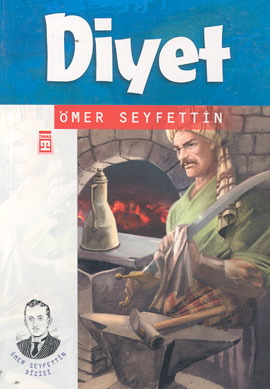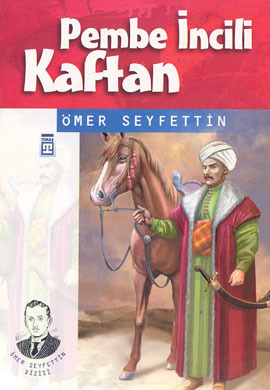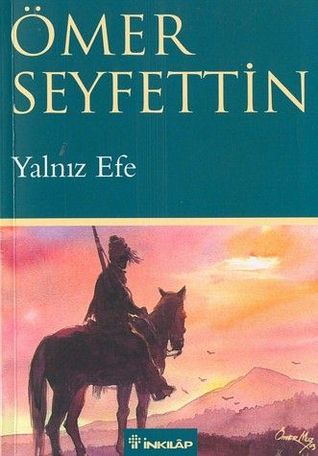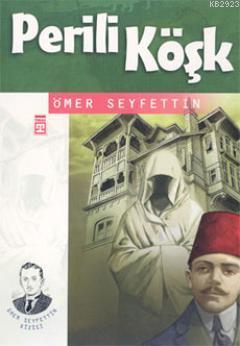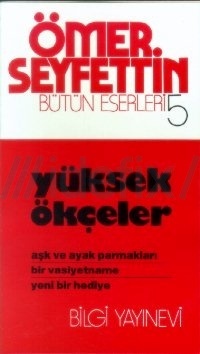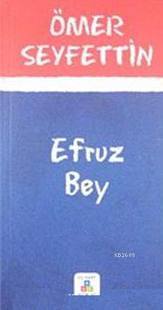
Ömer Seyfettin was born in 1884 in Gönen. He wrote under various aliases such as Ayas, Camsâp, C. Nazmi, C. Nizami, Ç. Kemal, F. Nezihi, Feridun Perviz, Kâf-ı Farsî, Kaygusuz, M. Enver, M. Enver Perviz, Ömer Perviz, Süheyl Feridun, Tarhan, and Tekin. Just like his father, Ömer Seyfettin was educated at the Kuleli Military Academy, and it was in this school that his love for literature bloomed. Some poems that he wrote during this period appeared in the publications Kadın and Bahçe. Following the declaration of the second constitutional monarchy, he was assigned to Thessalonica, and witnessed the awakening of nationalistic feelings among Balkan tribes.
In 1911 Omer Seyfettin cofounded a literary and cultural magazine entitled Genç Kalemler (Young Pens) with Ziya Gokalp and Ali Canip in Salonica.[4] Seyfettin began the early efforts in using Turkish in his literary output as opposed to Ottoman Turkish, as he outlined to Ali Canip in a letter.[5] He was recalled to the army under mobilization orders at the beginning of the Balkan War and after his units were defeated in Yanina in January 1913, he spent approximately 12 months in Greece as a prisoner of war.[6] After his release from captivity at the end of 1913, he returned to Constantinople, and was nominated the executive editor of the Türk Sözü, a publication which was related to the Committee for Union and Progress.[6] In 1914, after leaving the army for the second time, Omer Seyfettin became a literature teacher in an Istanbul High school. He became, also in 1914, the chief-author (Bashyazar) of the magazine Türk Yurdu. Between the years 1914 and 1917 he mainly wrote turanist poems, which were published in the outlets such as Tanin, Türk Yurdu or Halka Doğru. In 1917 he was to publish most of his literary work, which included a wide array of short stories. From 1919 to 1920 he published articles in Büyük Mecmua which was a supporter of the Turkish independence war. He died of diabetes in 1920, at the age of 36.

